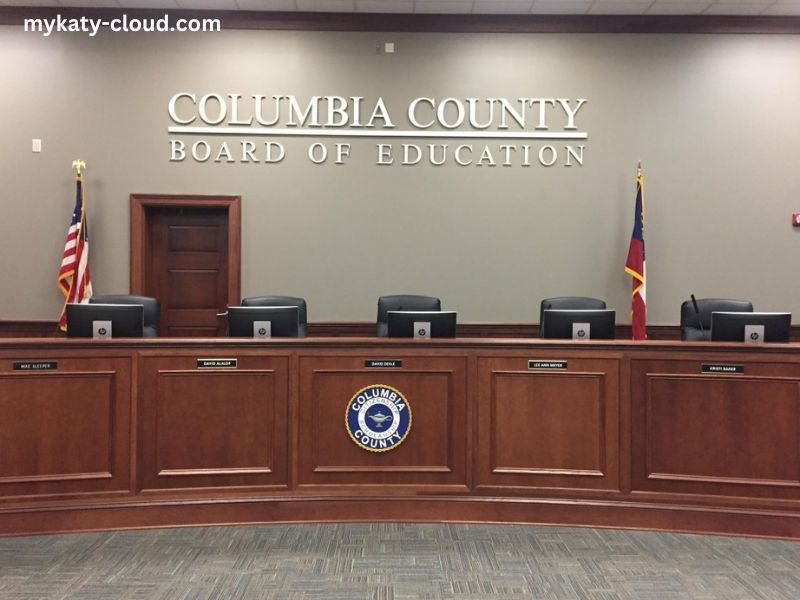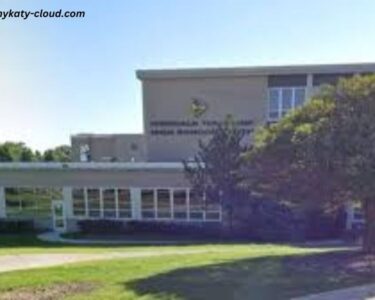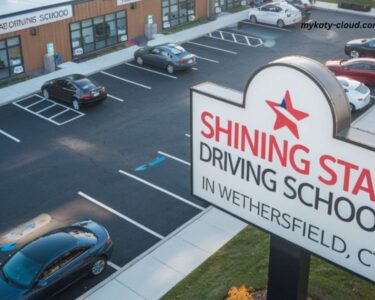The Board of Education in Columbia County plays a pivotal role in shaping the educational landscape of the region. This body is responsible for overseeing the public school system, ensuring that students receive a quality education, and making strategic decisions that affect the academic and social development of the community. This article provides an in-depth look at the Board of Education in Columbia County, its structure, functions, challenges, and the impact it has on local education.
Structure of the Board
The Columbia County Board of Education is composed of elected officials who represent different districts within the county. Typically, the board consists of five to seven members, each serving staggered terms. This structure ensures continuity while allowing for fresh perspectives and ideas to emerge over time.
Board members are often community leaders, educators, or individuals with a strong interest in educational issues. Their diverse backgrounds bring a wealth of knowledge and experience to the board, enabling it to make informed decisions. The board usually meets monthly, with additional special sessions scheduled as needed. These meetings are open to the public, allowing community members to engage with the decision-making process.
Key Functions
1. Policy Development
One of the primary responsibilities of the Columbia County Board of Education is to develop and implement policies that govern the school district. This includes setting academic standards, defining the curriculum, and establishing guidelines for student conduct. The board must ensure that these policies comply with state and federal regulations while also addressing the unique needs of the local community.
2. Budget Approval
The board has significant influence over the school district’s budget. It is tasked with reviewing and approving the annual budget, which allocates funding for salaries, facilities, educational programs, and extracurricular activities. This financial oversight is crucial, as it directly impacts the resources available to students and teachers.
3. Personnel Decisions
The board is responsible for hiring and evaluating the superintendent, who oversees the day-to-day operations of the school district. Additionally, the board may have a role in hiring other key administrative personnel. Ensuring that qualified and effective leaders are in place is vital for the success of the educational system.
4. Community Engagement
Engaging with the community is a critical function of the Board of Education. The board seeks input from parents, teachers, and community members to inform its decisions. Public forums, surveys, and town hall meetings are common methods for gathering feedback and fostering a sense of collaboration between the school district and the community.
Challenges Faced by the Board
1. Funding Limitations
One of the most significant challenges faced by the Columbia County Board of Education is securing adequate funding. Education funding often comes from a combination of state, federal, and local sources, and fluctuations in economic conditions can impact the availability of these funds. The board must be strategic in its budget planning, often making difficult choices about program funding and resource allocation.
2. Addressing Diverse Needs
Columbia County is home to a diverse population, with students from various socioeconomic backgrounds, cultures, and learning abilities. The board faces the challenge of addressing these diverse needs within its educational programs. This includes providing support for English language learners, students with disabilities, and those from low-income families.
3. Curriculum Development
As educational standards evolve, the board must ensure that the curriculum remains relevant and effective. This includes integrating technology into the classroom, promoting STEM education, and addressing social-emotional learning. The board must balance innovation with proven educational practices, all while considering community values and expectations.
4. Political and Social Pressures
Board members often navigate complex political and social landscapes. Issues such as school safety, equity in education, and curriculum controversies can create tension within the community. The board must handle these challenges with transparency and a commitment to the best interests of students.
The Impact of the Board on Education
The Columbia County Board of Education has a profound impact on the quality of education in the region. Its decisions affect not only students and teachers but also the broader community. Here are some key areas where the board’s influence is evident:
1. Student Achievement
Through its policies and initiatives, the board directly influences student achievement. By setting high academic standards, promoting effective teaching practices, and providing necessary resources, the board aims to improve educational outcomes for all students. Programs aimed at enhancing literacy, math skills, and critical thinking are often implemented based on board directives.
2. Teacher Support and Development
The board plays a critical role in supporting teachers through professional development opportunities, competitive salaries, and resources. By investing in educators, the board enhances the overall educational experience for students. Teacher retention and job satisfaction are often tied to the board’s commitment to creating a positive work environment.
3. Community Relationships
The board fosters relationships between the school district and the community. By encouraging parental involvement and community engagement, the board helps create a supportive environment for students. Programs that promote volunteerism, mentorship, and partnerships with local businesses and organizations contribute to a sense of community ownership in education.
4. Long-term Planning
Strategic planning is essential for the board as it looks toward the future of education in Columbia County. This includes assessing current trends in education, anticipating future needs, and setting long-term goals for the school district. Effective planning ensures that the board is proactive rather than reactive in addressing challenges.
Conclusion
The Columbia County Board of Education is a vital component of the local educational system. Through its governance, policy development, and community engagement, the board strives to create an environment where all students can succeed. While it faces challenges related to funding, diversity, and political pressures, the board’s commitment to quality education remains steadfast. As the educational landscape continues to evolve, the Columbia County Board of Education will play a crucial role in shaping the future of learning for generations to come. By prioritizing student achievement, teacher support, and community relationships, the board seeks to ensure that every child in Columbia County has access to a high-quality education that prepares them for success in life.




